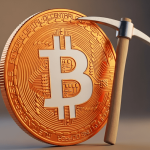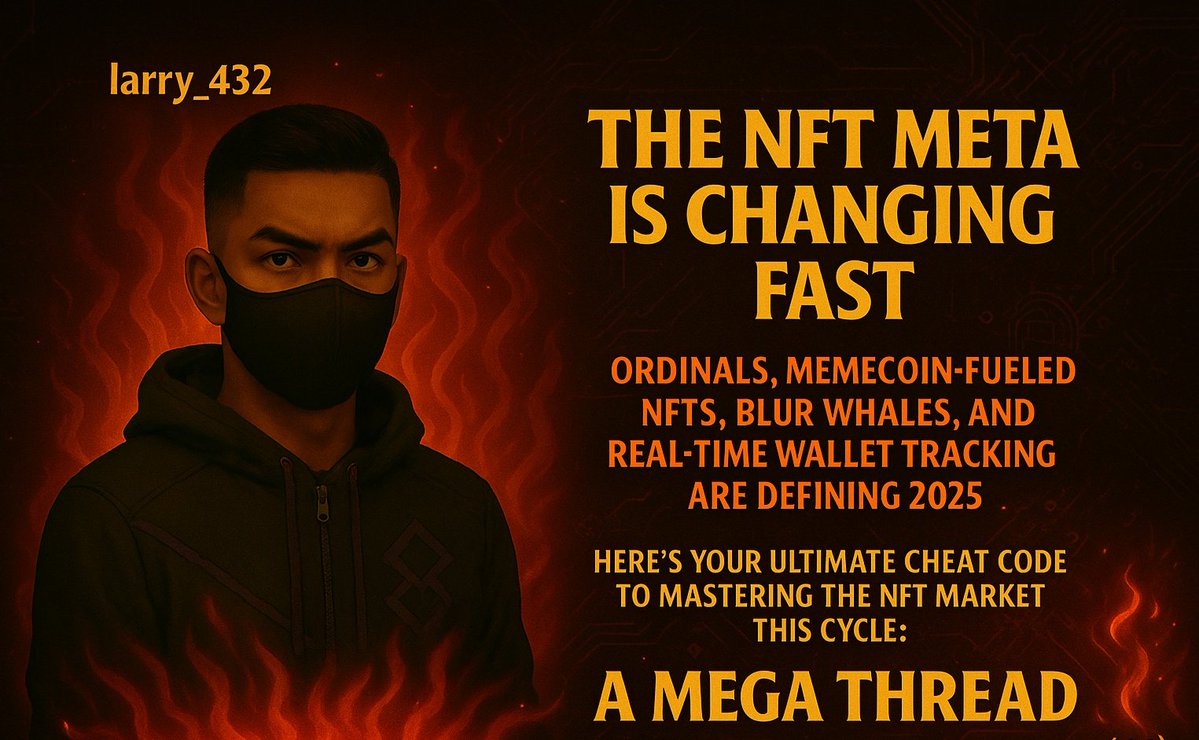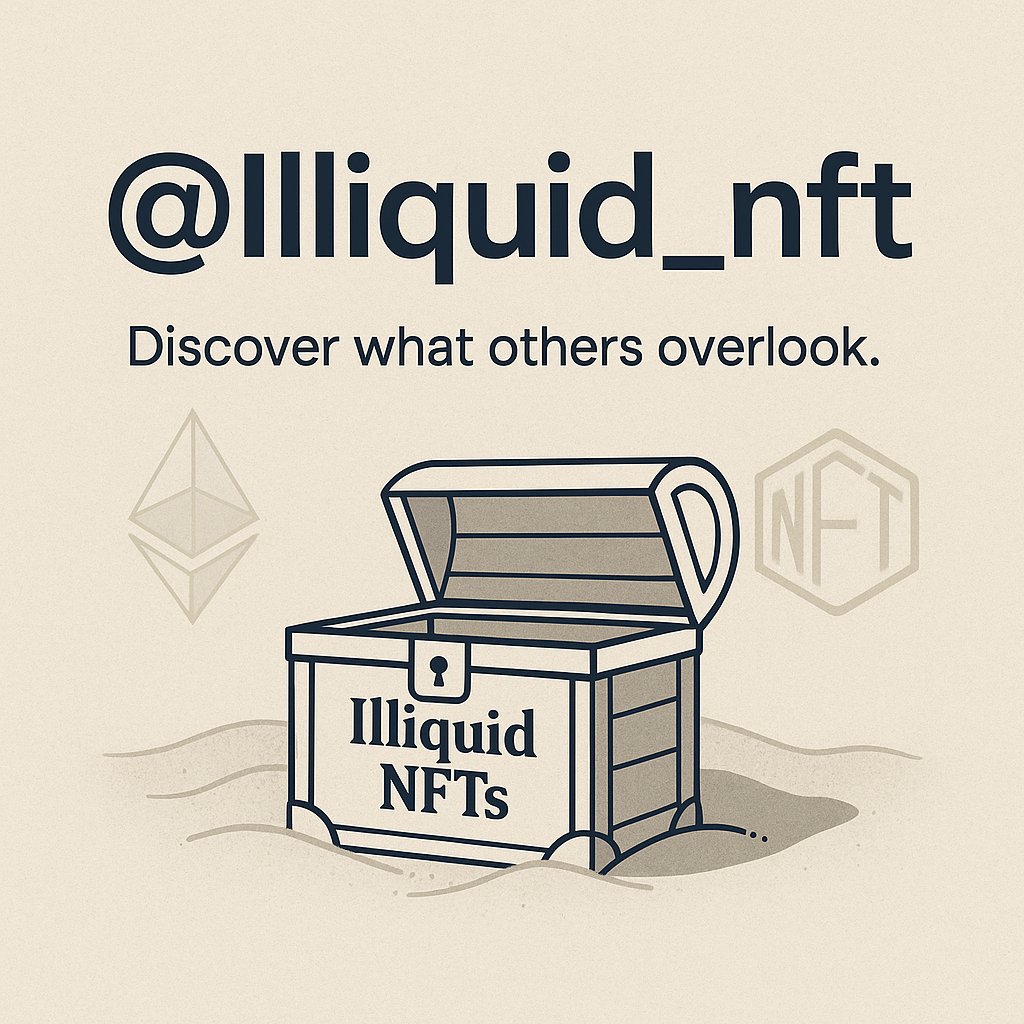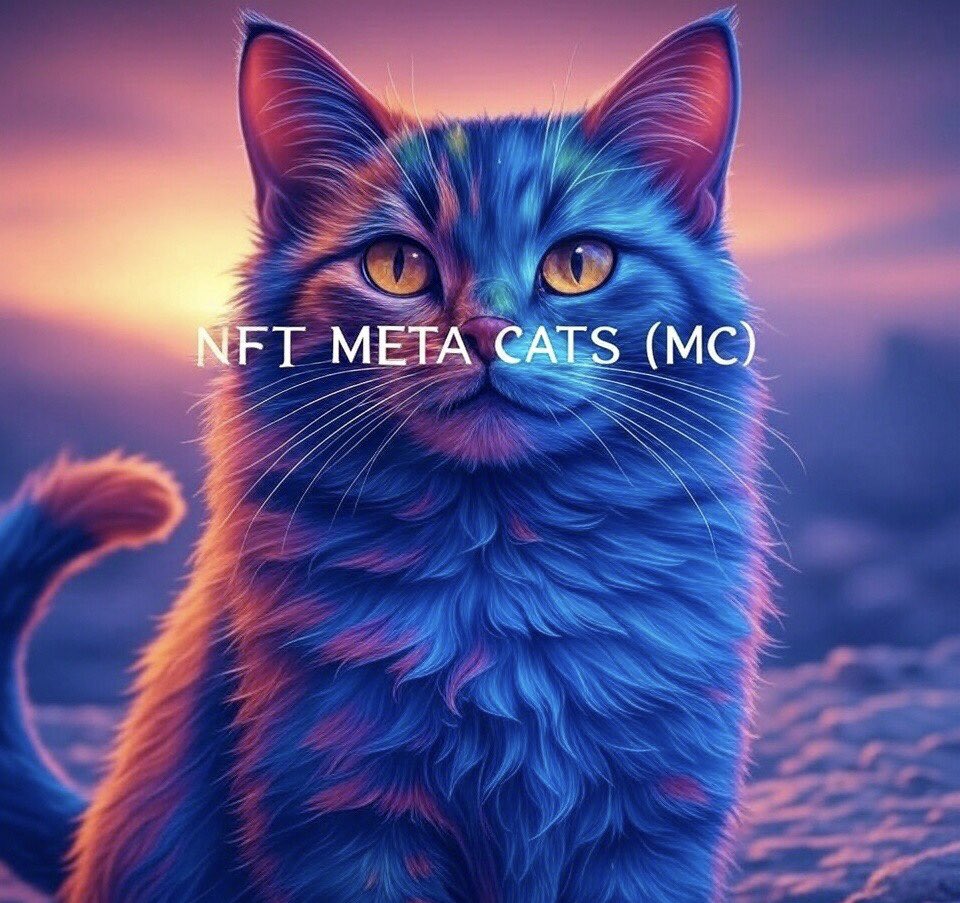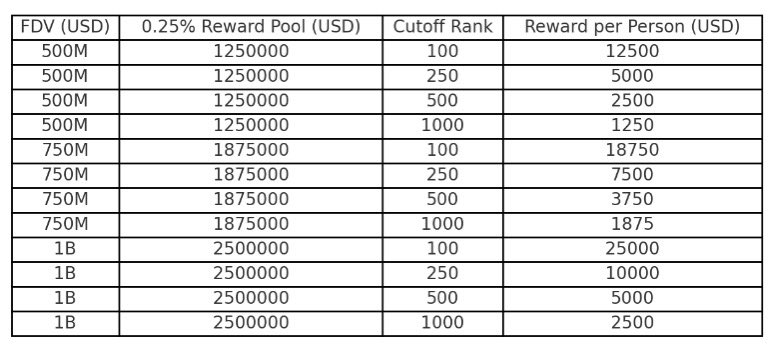The Emergence of NFTs
Imagine owning a piece of digital art that can be traded like a physical painting, or a virtual sneaker that can be worn in the metaverse. This is the world of Non-Fungible Tokens (NFTs), a digital revolution that has taken the art, gaming, and sports industries by storm. NFTs represent unique digital assets verified using blockchain technology, ensuring their authenticity and scarcity. But how did we get here, and what does the future hold?
The Evolution of NFTs
From Art to Utility
The journey of NFTs began with digital art. In 2021, Beeple’s “Everydays: The First 5000 Days” sold for a staggering $69 million, marking a pivotal moment in the NFT landscape[1]. This sale highlighted the potential of NFTs to revolutionize the art world by providing artists with a new way to monetize their work and collectors with a unique form of digital ownership.
However, the utility of NFTs extends far beyond art. Today, NFTs are used in various industries, including gaming, music, real estate, and sports. In gaming, NFTs can represent in-game items, characters, or even entire virtual worlds. In music, artists can tokenize their albums or concert tickets, offering fans unique experiences and memorabilia. In real estate, NFTs can represent property deeds or fractional ownership, making real estate investment more accessible. In sports, NFTs can represent collectibles, such as trading cards or memorable moments from games.
The Role of Blockchain
At the core of NFTs lies blockchain technology, a decentralized ledger that ensures the uniqueness and authenticity of each token. Blockchain provides transparency and security, making NFTs a reliable medium for digital ownership. Each NFT is a unique token on the blockchain, with its own distinct identifier, making it impossible to replicate or counterfeit.
Blockchain also enables smart contracts, self-executing contracts with the terms of the agreement directly written into code. Smart contracts automate the process of buying, selling, and trading NFTs, reducing the need for intermediaries and increasing efficiency. This decentralized nature of blockchain and smart contracts is what makes NFTs so revolutionary.
Expert Analysis and Tools
Understanding Tokenomics
Tokenomics refers to the economic model of a cryptocurrency or NFT project. It includes factors like token supply, distribution, and utility. Understanding tokenomics is crucial for evaluating the potential and sustainability of an NFT project. For instance, a project with a fixed token supply and a deflationary model may have more scarcity and value over time.
Tools like Tokenmetrics combine AI, machine learning, and expert analysis to provide in-depth insights into tokenomics. These tools can analyze vast amounts of data to identify trends, patterns, and anomalies, helping investors make informed decisions. For example, Tokenmetrics can provide insights into the token distribution of a project, helping investors understand the level of centralization and potential risks.
Sentiment Analysis
Sentiment analysis involves gauging the public’s opinion and emotions towards an NFT project. Social media, forums, and news articles are rich sources of data for sentiment analysis. Tools that can analyze this data can provide valuable insights into market trends and potential opportunities.
For instance, a tool can analyze tweets about a particular NFT project to determine the overall sentiment. If the sentiment is positive, it may indicate a potential opportunity for investment. Conversely, if the sentiment is negative, it may indicate a potential risk.
Strategic Positioning
Strategic positioning involves understanding the competitive landscape and identifying unique value propositions. For instance, Zora, a decentralized NFT marketplace, positions itself as a platform for creators to mint and sell their digital assets directly, bypassing traditional intermediaries. This unique value proposition attracts creators looking for more control and autonomy over their work.
Strategic positioning also involves understanding the target audience and their needs. For example, a project targeting gamers may focus on in-game items and experiences, while a project targeting art collectors may focus on digital art and memorabilia.
Case Studies
Nike’s NFT Flop
Nike’s foray into the NFT space with its CryptoKicks project did not meet expectations. The project aimed to create digital sneakers that could be worn in the metaverse. However, it faced challenges due to technical issues and market saturation. This case study highlights the importance of thorough market research and technical robustness in NFT projects. It also underscores the need for a unique value proposition that resonates with the target audience.
Tether’s Investment in Juventus
Tether, the stablecoin issuer, made headlines by investing in Juventus, an Italian football club. This move underscores the growing intersection of traditional sports and the crypto world. It also raises questions about the strategic benefits and risks of such investments in the NFT space. For instance, the investment may provide Tether with access to Juventus’ fan base and brand, while also exposing Tether to the risks associated with the sports industry.
The Future of NFTs
The NFL Draft and NFTs
The NFL draft is a significant event in American sports, and there is speculation about how NFTs could play a role. Imagine owning a digital collectible of a draft pick or a moment from the draft. This could open new revenue streams and fan engagement opportunities, blending the physical and digital worlds. For instance, fans could own a digital collectible of their favorite player’s draft moment, creating a unique and memorable experience.
Think Agents and Ape Chain
Rumors about Think Agents and Ape Chain indicate a growing interest in NFTs within the sports and entertainment industries. These projects aim to create unique digital experiences and collectibles, further expanding the NFT ecosystem. For example, Think Agents could create digital agents that represent players or teams, while Ape Chain could create a virtual world where fans can interact and engage with their favorite sports and entertainment content.
Conclusion
Staying Ahead in the NFT Game
The NFT market is dynamic and full of opportunities. To stay ahead, it’s essential to leverage expert analysis, cutting-edge tools, and a strategic approach. Understanding tokenomics, sentiment, and strategic positioning can provide a competitive edge. As the market evolves, staying informed and adaptable will be key to success.
The future of NFTs is bright, with potential applications in various industries. Whether it’s digital art, sports, or entertainment, NFTs are here to stay. Embrace the opportunities, stay informed, and elevate your NFT game. The world of NFTs is vast and ever-changing, but with the right tools and knowledge, you can navigate it successfully and reap the benefits.
—
Sources




